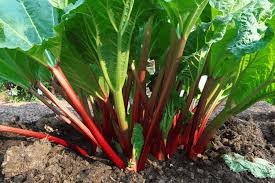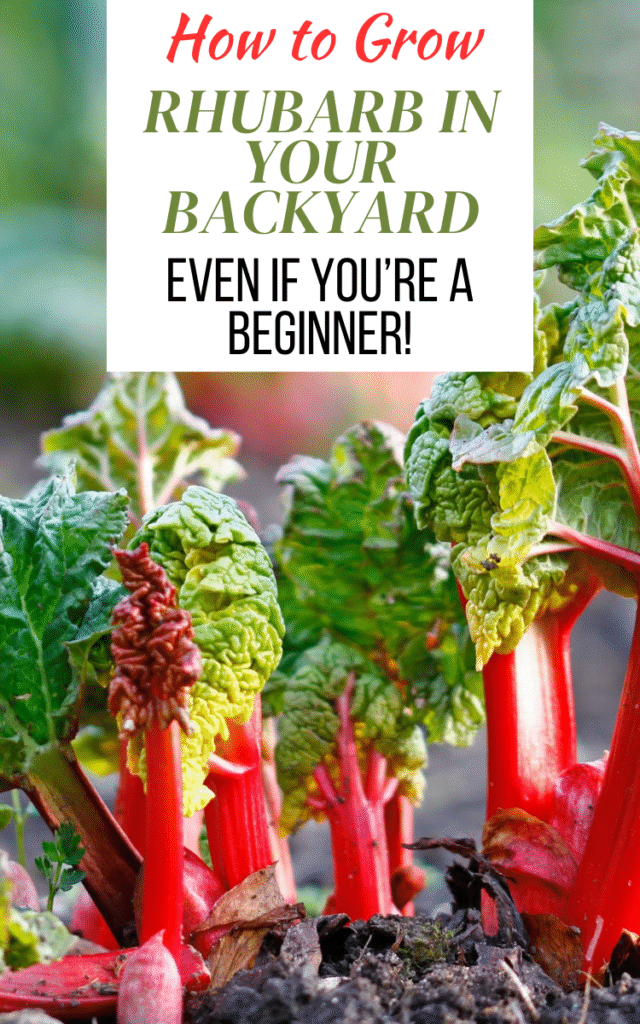
There’s something deeply satisfying about stepping into your backyard, brushing aside a few leaves, and pulling up your own homegrown rhubarb stalks. That pop of tart flavor is like spring in edible form. I started growing rhubarb a few years ago on a whim, thinking it was too “advanced” for a casual gardener like me—but it turned out to be one of the easiest plants to care for. Once it’s established, it practically thrives on neglect.
If you’ve ever dreamed of making your own rhubarb pie or jam straight from the garden, this guide will walk you through everything you need to know—from planting to harvest—with tips I’ve picked up along the way.
Understanding Rhubarb Basics
Rhubarb is technically a vegetable, though we often treat it like a fruit because of its tart flavor. It’s a hardy perennial, which means once planted, it comes back year after year. The plant’s signature look—broad green leaves and thick red or green stalks—adds character to any garden bed. Just a quick heads-up: the leaves are toxic, so only the stalks are edible.
One of the best parts about growing rhubarb is its longevity. Once it’s settled into your soil, a single plant can keep producing for a decade or more with minimal fuss. That’s why many gardeners call it a “plant and enjoy forever” vegetable.
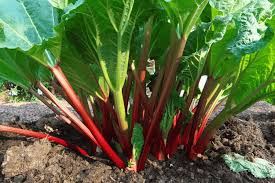
Choosing the Perfect Spot for Rhubarb
Rhubarb loves sunlight, so the sunniest corner of your backyard is where it will be happiest. Aim for a spot that gets at least six hours of sunlight per day. It can tolerate partial shade, but you’ll notice the stalks stay thinner and take longer to mature.
The soil matters too. Rhubarb prefers rich, well-drained soil that’s slightly acidic—somewhere around a pH of 6.0 to 6.8. Before planting, I like to dig in some compost or aged manure. It not only enriches the soil but also improves drainage, which rhubarb absolutely needs. Wet, soggy roots can cause rot, and that’s a heartbreak you don’t want in your first season.
Planting Rhubarb: Step-by-Step
The best time to plant rhubarb is early spring, as soon as the soil can be worked, or in the fall when the plant is dormant. You can start from seed, but I always recommend buying crowns (which are chunks of the root with buds). Crowns establish much faster, and you’ll be harvesting a year earlier.
Here’s how to plant:
- Dig a hole about 2 feet wide and deep.
- Mix compost or organic matter into the soil at the bottom.
- Place the crown so the buds are just 1–2 inches below the surface.
- Backfill gently and water thoroughly.
- Space each plant about 3–4 feet apart—they’ll grow big and need breathing room.
Once planted, give your new rhubarb some time to settle in. You might see leaves within weeks, but hold off on harvesting the first year so the roots can strengthen.
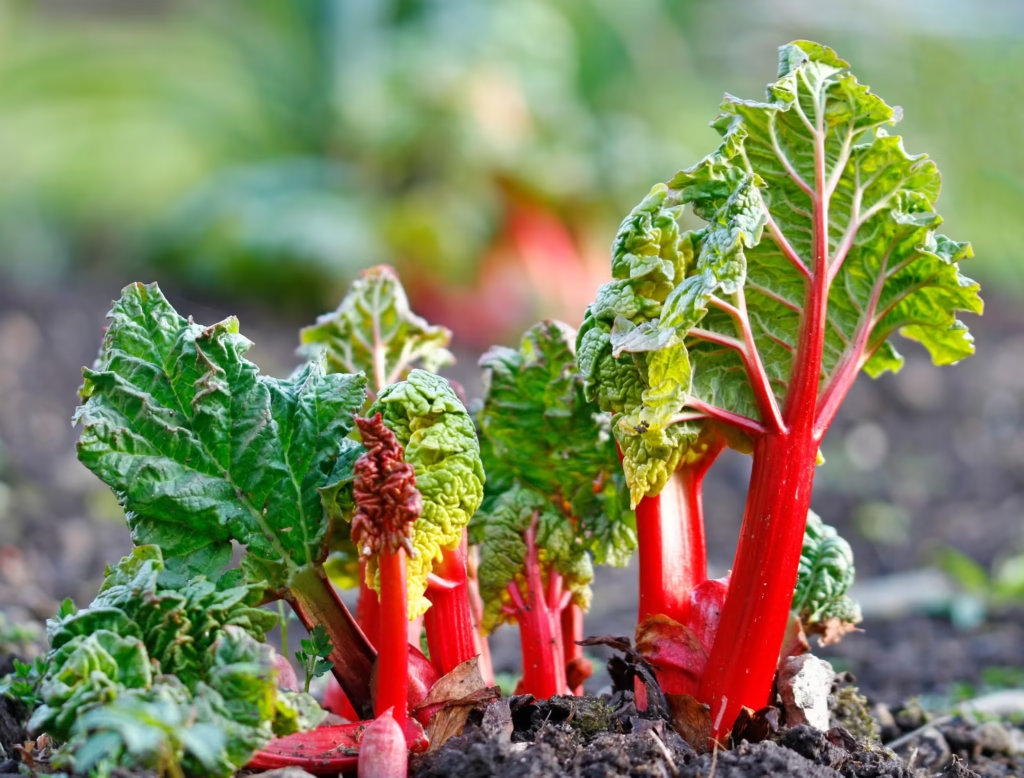
Caring for Rhubarb Plants
Rhubarb isn’t demanding, but it does appreciate consistency. Keep the soil evenly moist, especially during dry spells. A deep watering once a week usually does the trick.
Adding a layer of mulch (like straw or shredded leaves) helps retain moisture and keeps weeds down. In early spring, I give my plants a boost with a shovel of compost or a balanced fertilizer. Just go easy on the nitrogen—it encourages leaf growth instead of thick, juicy stalks.
If you see flower stalks forming in late spring, pinch or cut them off right away. Letting rhubarb flower drains its energy from producing those delicious stalks you’re waiting for.
Harvesting Rhubarb the Right Way
Patience is key here. If you planted crowns, you can start harvesting in the second year. By then, your plants will be strong enough to handle it. Harvesting is simple—don’t cut the stalks. Instead, grip them near the base and give a gentle twist and pull. It’s surprisingly satisfying.
Only harvest about two-thirds of the stalks at a time so your plant stays healthy. As for the leaves, toss them into the compost pile but never eat them—they contain oxalic acid, which is toxic.
I like to stop harvesting by early summer to give the plant time to rest. The stalks start to get tough after that anyway.
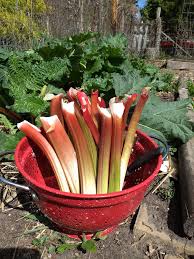
Common Rhubarb Problems (and How to Fix Them)
Rhubarb is generally low-maintenance, but a few issues might pop up:
- Rhubarb curculio (a type of beetle): If you spot holes in the stalks, check for beetles and remove them by hand. Keep the area around your plants weed-free—they love hiding in debris.
- Root or crown rot: Usually caused by poor drainage. If your plant turns mushy or black near the base, you might need to move it to drier soil.
- Yellow or limp stalks: Often a sign of overwatering or nutrient deficiency. Improve drainage and add compost to restore balance.
- Frost damage: Rhubarb is tough, but a sudden spring frost can wilt young shoots. Cover them overnight with straw or a frost blanket if temperatures drop.
Overwintering and Long-Term Care
By midsummer, let your rhubarb rest. Stop harvesting, trim off any dead or yellow leaves, and top-dress the soil with compost. When fall comes, cut back the remaining foliage after it dies down naturally, then mulch heavily to protect the roots through winter.
Every four to five years, divide your rhubarb crowns. It’s as simple as digging them up in early spring or fall, cutting them into sections (each with at least one bud), and replanting. Dividing keeps your plants productive and prevents overcrowding.
Delicious Ways to Use Homegrown Rhubarb
Once you’ve got your first harvest, it’s time to enjoy the payoff. Rhubarb’s tartness pairs beautifully with sweet flavors. I’m partial to a good old-fashioned rhubarb pie, but it’s also amazing in crisps, jams, and even savory sauces.
For something fun, try simmering chopped rhubarb with honey and lemon juice to make a syrup—it’s fantastic in sparkling water or cocktails. You can also freeze rhubarb chunks for later use or cook them down into compote to spoon over pancakes or yogurt.
Wrap Up
There’s something almost magical about growing rhubarb. It asks for little yet gives generously year after year. Once established, it becomes a reliable friend in your garden—a reminder that some of the best things in life take time to root.
If you’ve been hesitating to start, don’t. Grab a rhubarb crown, find a sunny corner, and plant it. In no time, you’ll have your own backyard harvest, ready to transform into pies, jams, and memories worth sharing.

